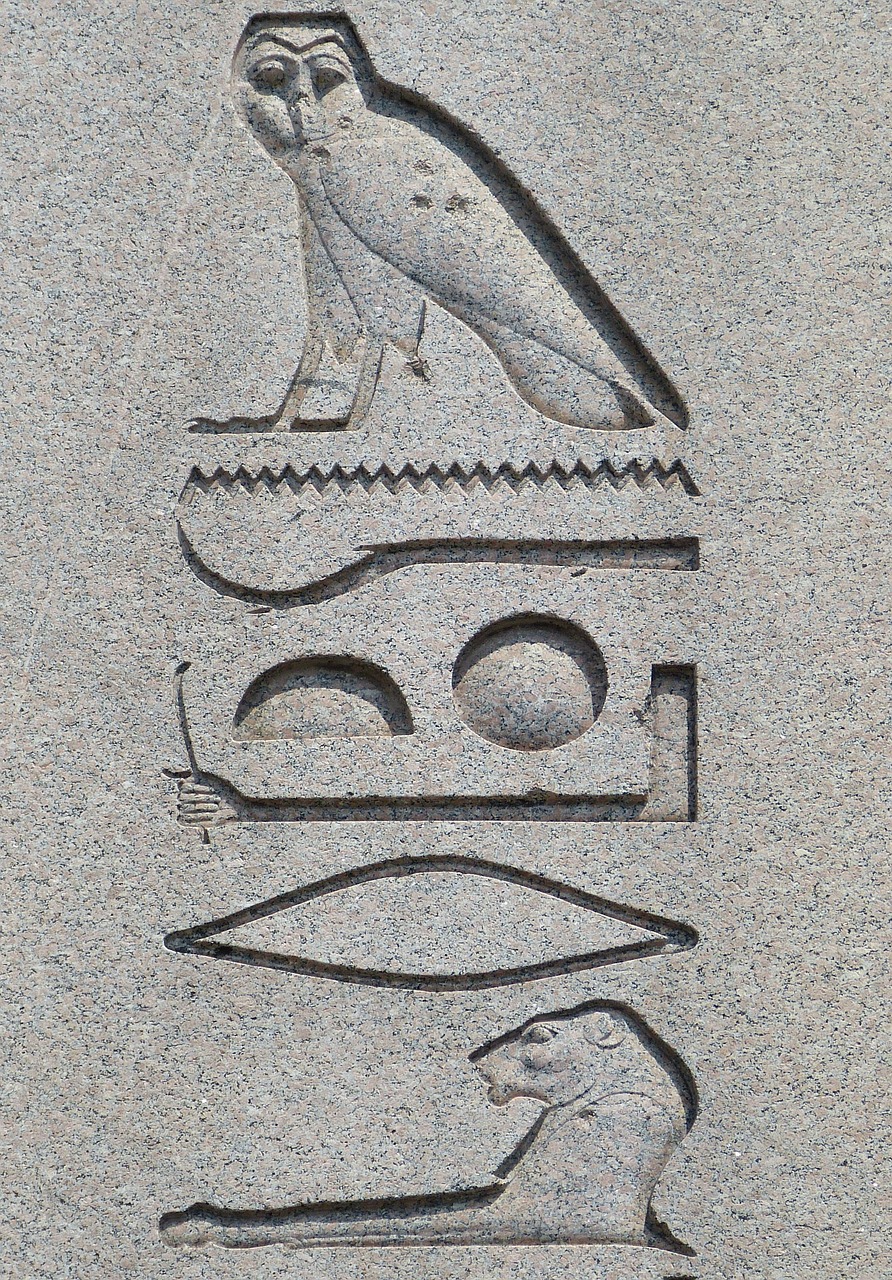Anhur, known in Greek as Onuris, is a significant deity from the ancient Egyptian pantheon, revered as the god of war and hunting. Originating from the city of This, located near Abydos, he played a crucial role in defending his father, the sun god Ra, against adversaries, earning him the title “slayer of enemies.” Anhur was often positioned at the forefront of Ra’s barque, protecting him from the serpent Apep. As a god, his responsibilities extended beyond the battlefield; he symbolized not just the valor of royal warriors but also the creativity inherent in humanity, thus reflecting both martial and creative attributes.
During Anhur’s festival, engaging in mock battles was a traditional activity, where priests and townsfolk jovially clashed with sticks in a spirited display of combat in his honor. His name, which can mean “he who leads back the distant one” or “Sky Bearer,” ties back to the myths surrounding the “Eye of Ra.” This divine entity, potentially his daughter, depicted as a fierce lioness, allegedly strayed to Nubia, prompting Ra to send Anhur or an envoy to retrieve her.
In various mythological narratives, the roles of Anhur and other deities, like the hunter who captured the lioness, illustrate complex interactions within the divine realm. Anhur is often portrayed as a warrior king, donning a long kilt adorned with feather motifs, a short wig crowned with the uraeus (a serpent), and tall feathered headgear. His imagery sometimes shows him wielding a spear, receiving the title “the lord of lances,” or holding a rope symbolizing his mission to return the Eye of Ra to Egypt.
Although Anhur is acknowledged as a son of Ra, he is also regarded as the offspring of the goddess Hathor. His warrior affiliations often link him to other deities such as Montu and Sopdu, while he shares comparisons to the Greek war god Ares both among Greeks and Romans. Emperor Tiberius is notably depicted wearing Anhur’s crown at the temple of Kom Ombo, which honors Sobek and Horus.
Despite his origins in This, Anhur gained prominence in the town of Sebennytos (now Samannud) where he became associated with the air god Shu. Increasingly popular during the New Kingdom, he became linked with Horus, forming a composite identity as Horus-Anhur, embodying the archetype of a heroic warrior and protector in battle. The Nubian adaptation of this figure, Ary-hes-nefer, symbolizes “Horus of the beautiful house,” reflecting his marital connection to Isis and linking him to Osiris.
Pharaohs Nectanebo I and II, from the Thirtieth Dynasty, constructed the temple dedicated to Onuris-Shu named Per-shu, implying the past existence of a shrine. Ptolemy IV Philopator and Ptolemy V Epiphanes further honored this god by erecting the temple of Ary-hes-nefer on Philae island, adjacent to the Isis temple. Archaeological finds, including silver and bronze amulets depicting Anhur, have been unearthed throughout Egypt, affirming his widespread veneration.



